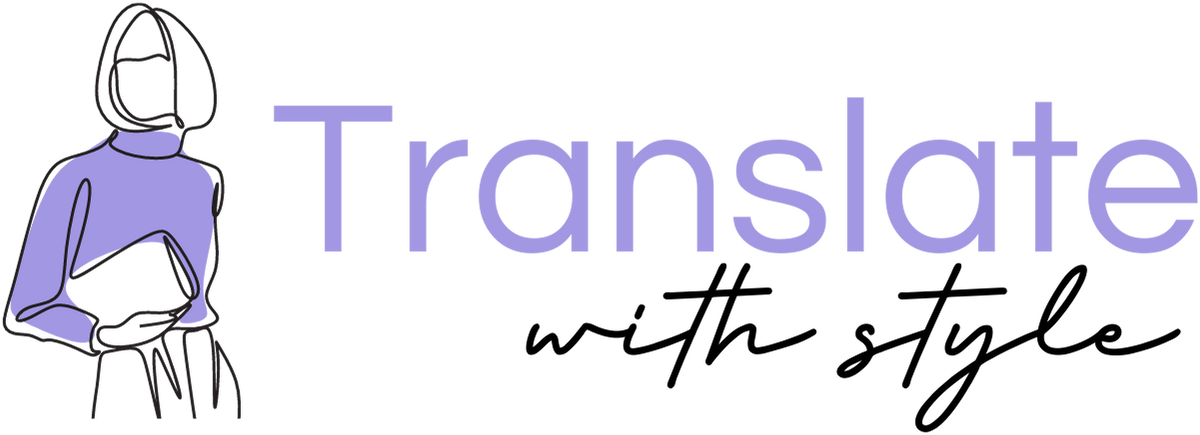In the digital age, where businesses strive to reach a global audience, effective communication becomes paramount. However, language barriers can pose significant challenges when trying to connect with international customers.
This is where SEO translation comes into play. In this comprehensive guide, we will delve deep into the world of SEO translation, exploring its benefits, strategies, and best practices. By the end of this article, you will have a clear understanding of how to harness the power of SEO translation to maximize your online presence and expand your global reach.
In this article, we’re going to look into:
1. Introduction to SEO Translation
2. The Importance of SEO Translation
- 3.1 Keyword Research and Localization
- 3.2 Transcreation and Cultural Adaptation
- 3.3 Website Localization
4. Best Practices for SEO Translation
- 4.1 Translating Meta Tags and Titles
- 4.2 Optimizing URL Structure
- 4.3 Implementing hreflang Tags
- 4.4 Monitoring and Tracking Performance
1. Introduction to SEO Translation
In simple terms, SEO translation involves translating website content with a focus on specific keywords. These keywords cannot be translated literally but need to be carefully analyzed in order to improve search engine visibility. Its purpose is to have content that matches the search intent of the target audience, ensuring that the translated material not only reads naturally in the new language but also aligns with the cultural context and search behaviors of the local market. This process requires a nuanced approach that blends linguistic skill with SEO expertise. Translators must understand the semantic nuances of keywords in both the source and target languages, employing strategies like keyword research and localization to optimize the content for local search engines. By doing so, SEO translation makes your website more accessible to international audiences, enhancing your global reach and engagement.
2. The Importance of SEO Translation
In today’s globalized economy, businesses must look beyond their domestic markets to tap into the vast potential of international expansion. Venturing into new territories offers access to untapped customer segments and diverse revenue streams. A critical challenge in this endeavor is navigating language barriers, which is precisely where the importance of SEO translation comes into play.
SEO translation goes beyond mere linguistic conversion; it involves tailoring your website’s content for search engines across languages, ensuring that your message resonates with a global audience. This strategic approach not only enhances your visibility in foreign markets but also drives organic traffic, leading to increased conversions and revenue. By leveraging SEO translation, you can establish a meaningful connection with customers worldwide, positioning your brand as a global contender.
3. SEO Translation Strategies
To successfully implement SEO translation, businesses need to adopt a comprehensive strategy that encompasses various elements. Let’s explore three key strategies that will help you unlock the full potential of SEO translation.
-
3.1 Keyword Research and Localization
Keyword research is the cornerstone of any effective SEO strategy, gaining even greater importance within the realm of SEO translation. As businesses aim to penetrate diverse markets and engage with various language speakers, a deep understanding of each locale’s unique search behavior and preferences is crucial.
To navigate this complexity, it’s imperative to undertake market-specific keyword research. This process involves pinpointing relevant, high-traffic keywords that resonate with the target audience’s search habits. Moreover, adapting your content to reflect localized search intent is crucial for ensuring visibility. Localizing keywords means your site is more likely to surface in the search results of different regions, directly addressing the needs and queries of a global audience.
For those embarking on this research journey, a plethora of tools are at your disposal. Semrush, Google Keyword Planner, and Ahrefs stand out among the myriad options available, each offering unique insights and capabilities to refine your SEO strategy. However, exploring beyond these well-known platforms can uncover additional resources tailored to specific market needs, enhancing your strategy’s effectiveness and reach. This comprehensive approach to keyword research and localization is indispensable for achieving a truly global presence online.
-
3.2 Transcreation and Cultural Adaptation
Transcreation goes beyond literal translation, focusing on adapting the content to resonate with the target audience’s cultural nuances, preferences, and expectations. It involves considering local customs, idioms, and cultural references to create content that feels native to the target language.
By incorporating elements of cultural adaptation in your SEO translation strategy, you can establish a deeper connection with your international audience, enhancing their engagement and driving higher conversion rates.
-
3.3 Website Localization
Website localization involves tailoring your entire website, including design, content, and user experience, to cater to the preferences and expectations of the target market. This includes translating all website elements and ensuring that they are culturally appropriate and locally relevant. By providing a seamless and localized user experience, you can enhance user satisfaction, increase time spent on your website, and improve conversion rates.
By incorporating elements of cultural adaptation in your SEO translation strategy, you can establish a deeper connection with your international audience, enhancing their engagement and driving higher conversion rates.
4. Best Practices for SEO Translation
While implementing SEO translation, it is essential to follow best practices to maximize the visibility and effectiveness of your translated content. Let’s explore five key best practices that will help you optimize your SEO translation efforts.
-
4.1 Translating Meta Tags and Titles
Meta tags and titles play a crucial role in search engine ranking and user click-through rates. When translating your website content, it is vital to pay attention to these elements and ensure that they are accurately translated and optimized for search engines. By incorporating relevant keywords and tailoring them to the local search intent, you can improve your website’s visibility in search results and attract more organic traffic.
-
4.2 Optimizing URL Structure
URL structure plays a significant role in SEO, and it is equally important in SEO translation. When translating your website URLs, ensure that they are concise, descriptive, and optimized for keywords relevant to the target market. Additionally, consider implementing language-specific subdomains or directories to indicate the language and region of the translated content. This can help search engines understand the language targeting and enhance the visibility of your translated pages.
-
4.3 Implementing hreflang Tags
Hreflang tags are HTML tags that indicate the language and regional targeting of a webpage. When implementing SEO translation, it is crucial to include hreflang tags to signal to search engines that you have translated versions of your content for different languages and regions. This helps search engines understand the language targeting and properly index and display the translated pages in the respective search results.
-
4.4 Monitoring and Tracking Performance
To measure the success of your SEO translation efforts, it is essential to regularly monitor and track the performance of your translated content. Utilize analytics tools to analyze traffic, engagement, and conversion metrics for each translated version of your website. This data will provide valuable insights into the effectiveness of your SEO translation strategy, allowing you to make data-driven optimizations and improvements.
5. The Future of SEO Translation
As technology advances, the field of SEO translation continues to evolve. Machine translation, artificial intelligence, and natural language processing are revolutionizing the way translations are conducted. These advancements enable faster and more accurate translations, ultimately improving the efficiency and effectiveness of SEO translation.
Additionally, as search engines become more sophisticated in understanding language nuances and user intent, the importance of localized and culturally adapted content will continue to grow. Embracing these advancements and staying ahead of the curve will be crucial for businesses looking to maintain a competitive edge in the global market.
6. Conclusion
In today’s globalized world, effective communication across languages is crucial for businesses aiming to expand their reach and connect with a diverse customer base. SEO translation bridges the gap between languages, enabling businesses to effectively communicate their message to a global audience. By following the strategies and best practices outlined in this article, you can harness the power of SEO translation to maximize your online presence, drive organic traffic, and achieve international success. Embrace the world of SEO translation, and unlock the unlimited potential of global visibility.




